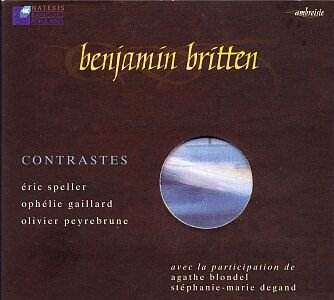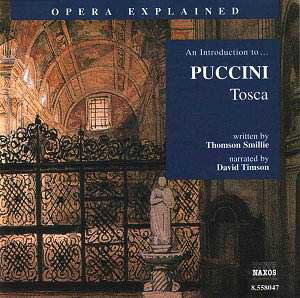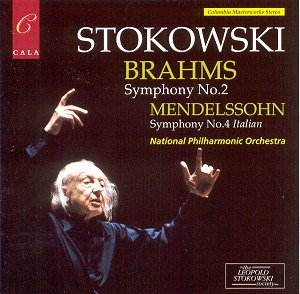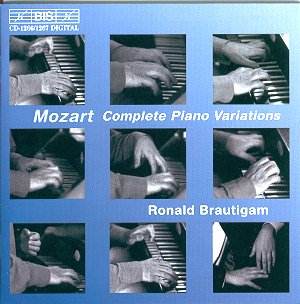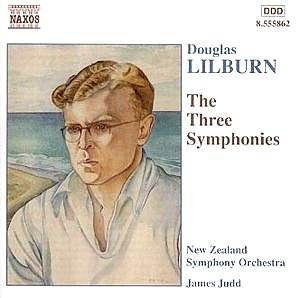 Composer: Douglas Lilburn
Composer: Douglas Lilburn
Works: Symphony No. 1 (1949), Symphony No. 2 (1951), Symphony No. 3 (1959)
Performers: New Zealand Symphony Orchestra, James Judd, conductor
Recording: Michael Fowler Centre, Wellington, New Zealand, 29th – 31st May 2001
Label: NAXOS
Douglas Lilburn, often heralded as the father of New Zealand music, occupies a unique position in the 20th-century symphonic landscape. His symphonies, particularly those presented in this Naxos release, articulate a profound connection to the natural world and the cultural currents of his time. The first two symphonies emerge from an era when Lilburn was refining his voice, influenced by both the pastoral expanses of his homeland and the European traditions that he engaged with during his studies. The third symphony, a more complex and abstract exploration, marks a significant evolution in his compositional style, illustrating a bold departure from the lyrical immediacy of its predecessors.
James Judd’s direction of the New Zealand Symphony Orchestra brings a clarity and fervor that is essential to unlocking the intricate textures of these works. The First Symphony, structured in a traditional fast-slow-fast format, presents a vibrant dialogue between orchestral sections. Judd’s approach imbues the outer movements with a sense of buoyancy, allowing the woodwinds to resonate with a crispness that recalls the freshness of a New Zealand morning. The central Andante, a rondo, displays a delicate interplay of themes, where the orchestra’s balance under Judd’s baton reveals Lilburn’s masterful orchestration. The conductor’s pacing, slightly more expansive than previous recordings, captures the elegiac qualities inherent in Lilburn’s music without sacrificing momentum.
The Second Symphony, completed just two years later, showcases an even greater structural sophistication. Judd’s interpretation remains faithful to the composer’s vision, navigating the four-movement architecture with a keen sense of direction. The Scherzo, in particular, benefits from Judd’s dynamic control, contrasting the buoyant wit of the movement with the somber introspection that characterizes the outer sections. Here, one can hear echoes of Sibelius, not as mere imitation, but as a respectful dialogue with a shared landscape of emotional depth and natural imagery.
The Third Symphony presents a more daunting challenge, both for the listener and the performer. Cast in a single movement with five linked sections, it relies on thematic transformation and a more austere palette. Judd’s interpretation illuminates the intricate relationships between these sections, revealing the symphony’s architectural integrity. The orchestral timbres are expertly drawn out, with the strings providing a rich tapestry against which the brass and woodwinds can shine. This symphony, while perhaps less immediately accessible than its predecessors, is a testament to Lilburn’s growing ambition and sophistication as a composer. The echoes of Stravinsky and Copland, particularly in rhythmic complexity and orchestral color, come to the fore, marking a departure from the more lyrical idioms of the earlier works.
The recording quality, produced in the acoustic confines of the Michael Fowler Centre, generally serves the music well, capturing the orchestra’s clarity and vibrancy. However, there are moments where the sound can feel slightly constricted, particularly in the climactic passages of the Third Symphony. Despite these minor reservations, the overall engineering allows for a vivid listening experience, with balances that prioritize the intricate conversations within the orchestra.
This release stands as an essential introduction to Lilburn’s symphonic oeuvre and should rightfully elevate his profile among composers of the 20th century. The performances by Judd and the New Zealand Symphony Orchestra bring a fresh perspective to these works, affirming their place within the canon of symphonic literature. For listeners seeking to broaden their understanding of symphonic evolution beyond the well-trodden paths of Central Europe, this disc is an invaluable addition. Lilburn’s music, vibrant and deeply connected to its geographical and cultural roots, is poised for rediscovery, and this recording could very well be the catalyst for that journey.
